The Multi Channel Analyzer (MCA), which converts energy signals into histograms for the accurate identification of radioactive isotopes, is a vital device in radiation detection. This article highlights contemporary advances that improve the effect of MCAs in science and safety, as well as their uses in nuclear physics, medical imaging, and other fields, and examines how they operate.
The Power of Precision: Unlocking the Secrets of Multi Channel Analyzer (MCA)
A Multi Channel Analyzer (MCA) is a vital instrument in radiation detection, transforming energy signals into detailed histograms. Its precision enables the identification of radioactive isotopes, quantifies their presence, and ensures safety in various fields, including nuclear physics, medical imaging, and environmental monitoring, revolutionizing our understanding of radiation.
Introduction
Think of yourself as a detective trying to unravel the puzzles of radiation, not crimes. Where are your clues? Tiny energy signals from photons and particles. To solve the case, you need a tool that can reliably record and interpret these signals. The Multi-Channel Analyzer (MCA), which generates a clear, comprehensive image from disorganized radiation data, comes into the picture. The world of MCAs, including its definition, function, history, uses, and recent changes, will be covered in this essay. By the end, you’ll see why this obscure scientific hero is revolutionizing everything from nuclear physics to medical imaging.
What is a Multi-Channel Analyzer?
A Multi-Channel Analyzer (MCA) is a sophisticated instrument used in radiation detection to measure the energy spectrum of particles or photons. It works by sorting incoming energy signals into a series of “channels,” each representing a specific energy level. Think of it as a high-tech filing system: instead of sorting papers, it organizes radiation data into a histogram, where the x-axis shows energy levels and the y-axis shows how often each energy occurs.
This ability to capture a full energy spectrum makes MCAs indispensable for identifying radioactive isotopes, analyzing samples, and ensuring safety in environments where radiation is present.
How Does an MCA Work?
Let’s break it down with an analogy: imagine you’re sorting coins by value. Each coin type—pennies, nickels, dimes—goes into its own slot. An MCA does something similar with energy signals.
Here’s the process:
- Detection: A radiation detector (like a scintillation counter) picks up energy from particles or photons.
- Signal Conversion: The detector turns this energy into an analog electrical pulse.
- Analog-to-Digital Conversion (ADC): The MCA’s ADC converts the analog pulse into a digital value, representing the energy level.
- Sorting: The digital value is assigned to a specific channel in the MCA’s memory, corresponding to that energy.
- Histogram Creation: As more signals are processed, the MCA builds a histogram, showing the distribution of energies.
This histogram is the key: it reveals the unique energy signatures of different radiation sources, allowing scientists to identify them with precision.
Why Are MCAs Important?
MCAs are the gold standard for energy resolution in radiation measurement. Their precision is unmatched, making them essential for:
- Identifying Isotopes: Each radioactive isotope emits radiation at specific energies. An MCA can pinpoint these energies, acting like a fingerprint scanner for atoms.
- Quantitative Analysis: By counting how many signals fall into each energy channel, scientists can determine the amount of each isotope present.
- Safety: In nuclear power plants or medical facilities, MCAs help monitor radiation levels to ensure they stay within safe limits.
Without MCAs, we’d be stuck with less accurate tools, like single-channel analyzers (SCAs), which can only focus on one energy range at a time—imagine trying to solve a puzzle with only one piece.
Applications: Where MCAs Make a Difference
MCAs are versatile tools, shining across a range of fields:
- Nuclear Spectroscopy: In labs, MCAs help researchers study the properties of atomic nuclei, unlocking secrets about the universe’s building blocks.
- Medical Imaging: Techniques like PET and SPECT scans rely on MCAs to create detailed images of the body’s inner workings, aiding in diagnosis and treatment.
- Environmental Monitoring: MCAs detect radioactive contamination in air, water, or soil, protecting ecosystems and public health.
- Space Exploration: On spacecraft, MCAs measure cosmic radiation, helping scientists understand the universe’s most extreme environments.
- Education: Students use MCAs to explore radiation principles, making abstract concepts tangible.
From the microscopic to the cosmic, MCAs are indispensable for understanding our world.
A Brief History of MCAs
The story of MCAs begins in the mid-20th century, when nuclear science was booming. Early versions were analog, using bulky circuits to sort signals. These systems were slow and limited, but they laid the groundwork for digital innovation.
In the 1970s, digital MCAs emerged, offering faster processing and more channels. By the 1990s, advances in computing power made MCAs smaller, smarter, and more accessible. Today, they’re sleek, portable, and packed with features like real-time data analysis and wireless connectivity.
Modern Advancements in MCA Technology
Today’s MCAs are light-years ahead of their ancestors, thanks to:
- Digital Signal Processing (DSP): DSP filters out noise for cleaner, more accurate data.
- Portability: Handheld MCAs bring lab-grade analysis to the field.
- Integration: Modern MCAs sync with software for instant visualization and reporting.
- Automation: Some systems auto-calibrate or adjust settings on the fly, saving time and reducing errors.
These innovations have made MCAs more powerful and user-friendly, opening new doors for research and safety.
MCA vs. SCA: Choosing the Right Tool
While both MCAs and single-channel analyzers (SCAs) measure radiation, they serve different purposes:
- MCA: Captures a full energy spectrum across hundreds or thousands of channels. Ideal for detailed analysis.
- SCA: Focuses on a single energy window. Simpler and cheaper, but less comprehensive.
If you need to study multiple energy peaks or identify unknown isotopes, an MCA is your go-to. For quick checks of a specific energy, an SCA might suffice.
MCA in Action: A Real-World Example
Let’s see an MCA at work, identifying isotopes in a soil sample:
- Setup: Connect a gamma-ray detector to the MCA.
- Calibration: Use known sources (like cesium-137) to set energy scales.
- Measurement: Run the MCA for a set time, collecting data from the sample.
- Analysis: The MCA’s histogram reveals peaks at specific energies, matching known isotopes.
- Identification: Software or manual inspection identifies the isotopes present.
This process is crucial for tasks like monitoring nuclear waste or ensuring food safety.
Conclusion: The Enduring Impact of MCAs
In a world where precision is paramount, the multi-channel analyzer stands as a testament to human ingenuity. From decoding atomic structures to safeguarding our health, its impact is profound yet often unseen. As technology evolves, MCAs will continue to push the boundaries of what’s possible, quietly powering the next wave of scientific breakthroughs. So, the next time you hear about a nuclear discovery or a medical marvel, remember the MCA—the unsung hero making it all happen.
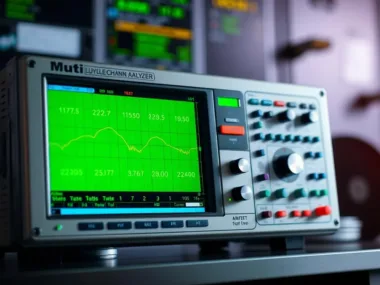
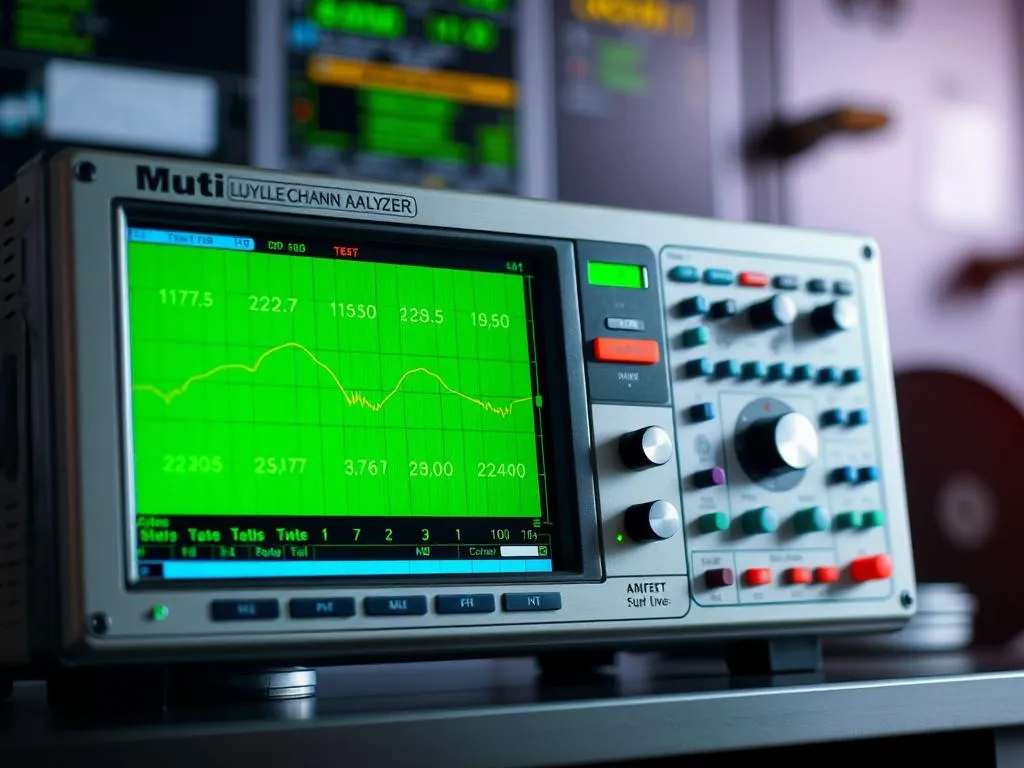
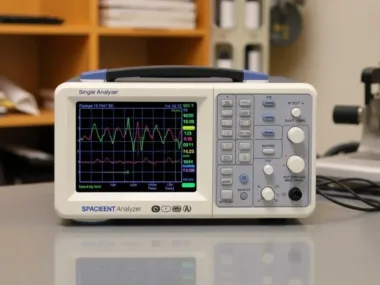
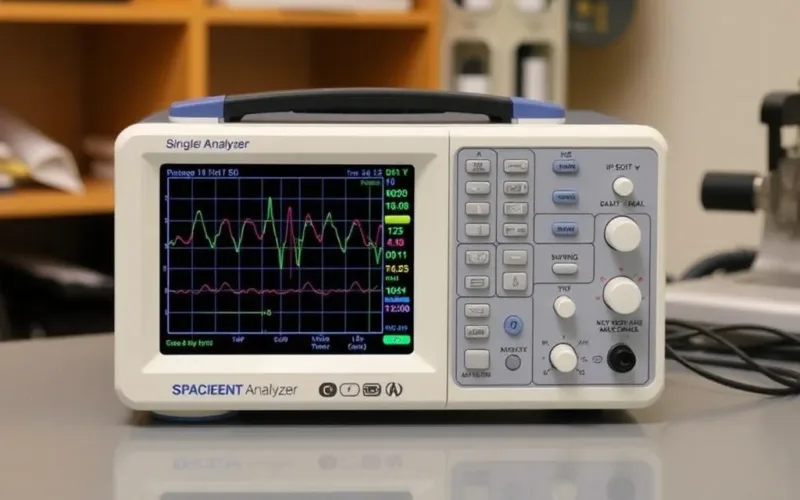



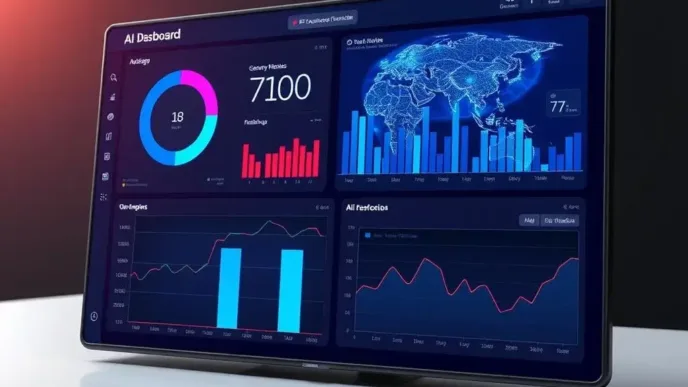






Leave a Reply